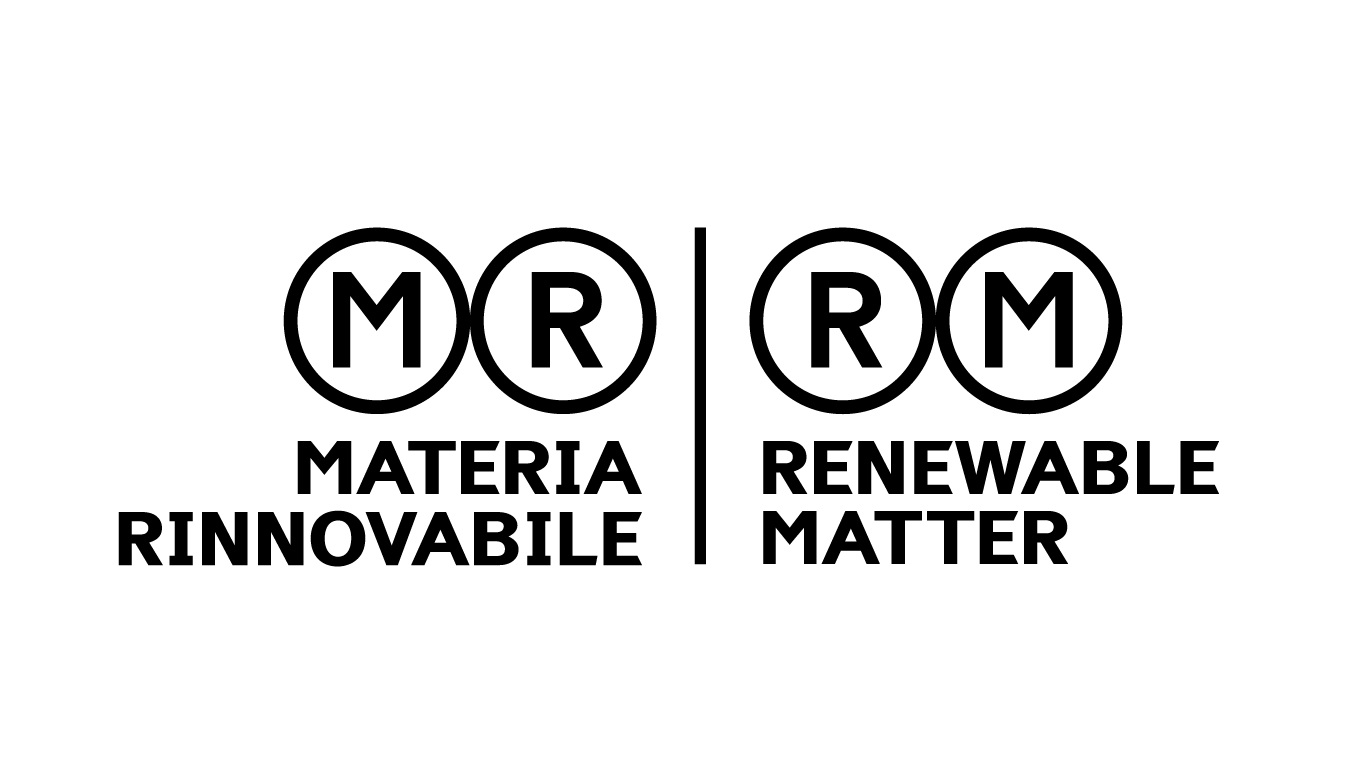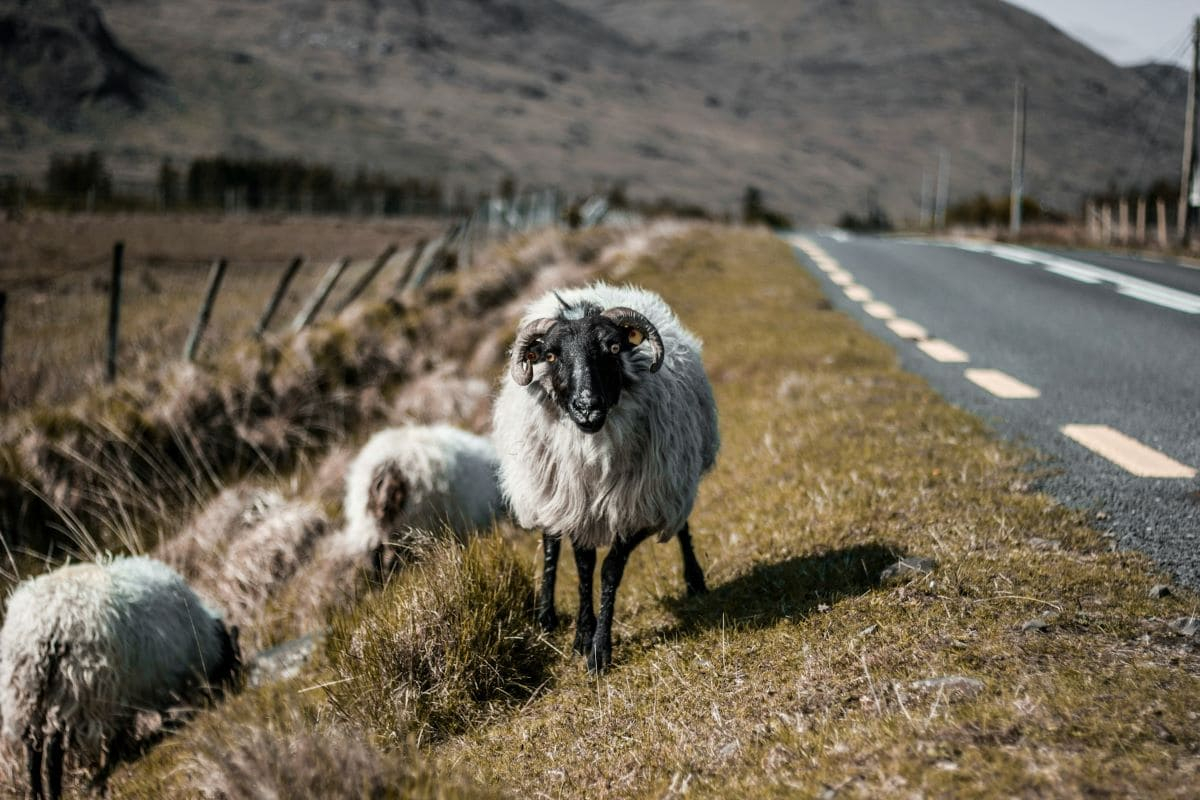This article is also available in Italian / Questo articolo è disponibile anche in italiano
Ireland has every reason to be proud of itself. The global financial crisis of 2007 to 2009 dealt a severe blow to its economy, causing unemployment to soar and public debt to bloat. Today, the country boasts the EU’s second-highest per capita GDP, historically low unemployment and one of the highest Human Development Index (HDI) ratings.
Ireland has successfully expanded from its traditional agricultural roots to become a dynamic, service-oriented economy and a global leader in fields such as pharmaceuticals, electronics, and medical technologies. The young and talented of the world are flocking to the newly established tech hub, with Dublin emerging as the biggest data centre cluster in Europe. Over half (54%) of Ireland’s population aged 25 to 34 holds tertiary qualifications, compared to the EU average of 40%. Against the backdrop of ageing Europeans, the republic enjoys one of the youngest populations in the EU.
Ireland's economy is flourishing, leaving one to wonder if there's a hidden cost behind its remarkable success. There is.
The country’s economic growth is devouring resources at an unprecedented rate. Its material consumption is at its highest point in five years, accompanied by increased carbon emissions. Carbon emissions generated in Ireland grew by 8.1% between 1990 and 2021, making it one of the few EU countries where territorial emissions have not fallen compared to 1990. And this is only a part of the picture.
The country’s famed tech industry has a gargantuan appetite for energy. At 27%, the services sector, which includes tech, is Ireland’s second-largest material consumer and the largest contributor to the carbon footprint at 36%. What’s more, roughly 58% of Ireland's carbon footprint is made up of emissions generated abroad and embodied in the products imported and consumed in the country — so-called ‘carbon leakage’.
Ireland at a crossroads
Ireland’s rapid economic and population growth has driven the demand for housing, infrastructure, food, services, and manufactured goods. Meeting the needs — and growing expectations — of an increasingly affluent population comes at a significant environmental cost, both at home and abroad. High levels of material consumption are linked to an array of environmental harms, including water scarcity, air pollution, nutrient overload in terrestrial and marine ecosystems, and climate change.
Although this economic profile is hardly unique to high-income nations, where environmental impacts grow alongside affluence, it does not free Ireland of its responsibility to address the harm inflicted on domestic and global ecosystems. But can it ever be in balance with nature again, and without compromising its high living standards?
The circular economy offers a solution to Ireland’s dilemma. By prioritising bio-based and recycled materials, extending product lifespans and ensuring effective recycling after use, economies can align environmental sustainability with societal wellbeing. Additionally, keeping materials in circulation reduces reliance on imports, including critical raw materials, which enhances economic resilience.
Transitioning to a circular economy can also drive investment in green technologies, reinforcing Ireland’s standing as an innovation hub. Crucially, the circular economy, with its focus on sustainable agriculture, could rectify the economic imbalance between rural areas and the cities, creating quality jobs where they are needed most.
Of course, the circular economy is not a silver bullet, and nor would the Irish economy ever aim to be 100% circular. The Circularity Gap Report Ireland, written by impact organisation Circle Economy, estimates that the Irish economy is 2.7% circular and suggests that reforms in key sectors could bump this to 8.4%. This would place Ireland slightly above the global circularity rate, currently measured at 7.2%. Still, the circular economy transition could reduce the country’s material consumption and carbon emissions by around one-third each—an impact worth the effort.
Winning the game by changing the rules
Policies play a crucial role in the circular economy transition. By reforming the taxation system, realigning economic incentives, and updating labour policies, governments can create the conditions for circular businesses and practices to flourish. And the Irish government has already taken important steps towards this goal.
Ireland has shown commitment to the circular transition since the early 2000s, for example, by imposing levies on plastic bags and reducing landfilling. However, Ireland’s approach has historically largely focused on waste management rather than transforming the entire economy, while circular practices work best when they are introduced across sectors. In this way, sectors can collaborate and exchange resources, creating closed-loop systems. What’s more, Ireland’s early measures prioritised recycling and recovery over more impactful strategies like prevention, repair, and reuse.
In December 2021, Ireland introduced its first Whole of Government Circular Economy Strategy, outlining a more comprehensive approach to the circular economy. It acknowledged the public sector's role in supporting circular economy initiatives, for example, through green public procurement. It also highlighted the importance of involving diverse stakeholders, developing sectoral roadmaps and raising awareness about circular practices.
The initial circular economy strategy lacked sector-specific goals and roadmaps, but it set the ball rolling. Building on this foundation, the Irish Department of the Environment, Climate, and Communications commissioned the Circularity Gap Report (CGR). This study analysed the nation’s material flows and circularity levels, benchmarking them against international standards. The Circularity Gap Report Ireland informed the development of the second Whole of Government Circular Economy strategy, which will establish statutory, sector-specific targets and tackle implementation barriers, driving progress across key areas.
Ireland's spectacular growth over the past decades has demonstrated the nation is more than capable of rapid economic transformation. Today, the country stands on the brink of another momentous change. The government, businesses, and citizens must act decisively to implement the reforms outlined in the circular economy strategy — or risk falling behind in the global shift toward a greener economy.
Cover: Andreas Wagner, Unsplash



